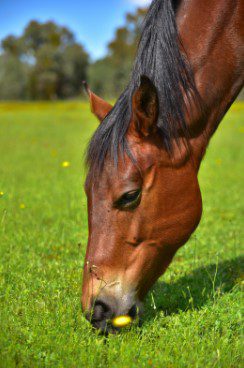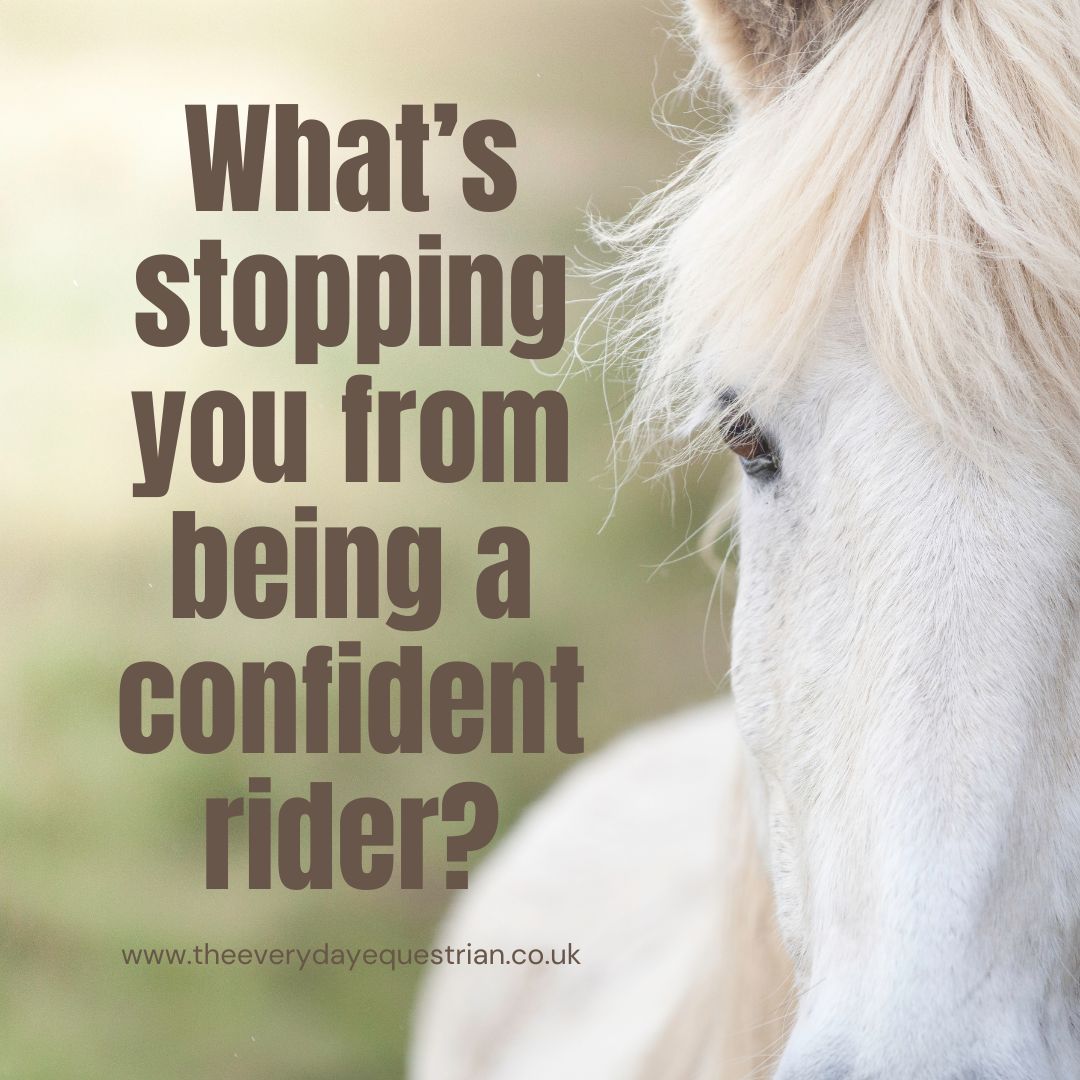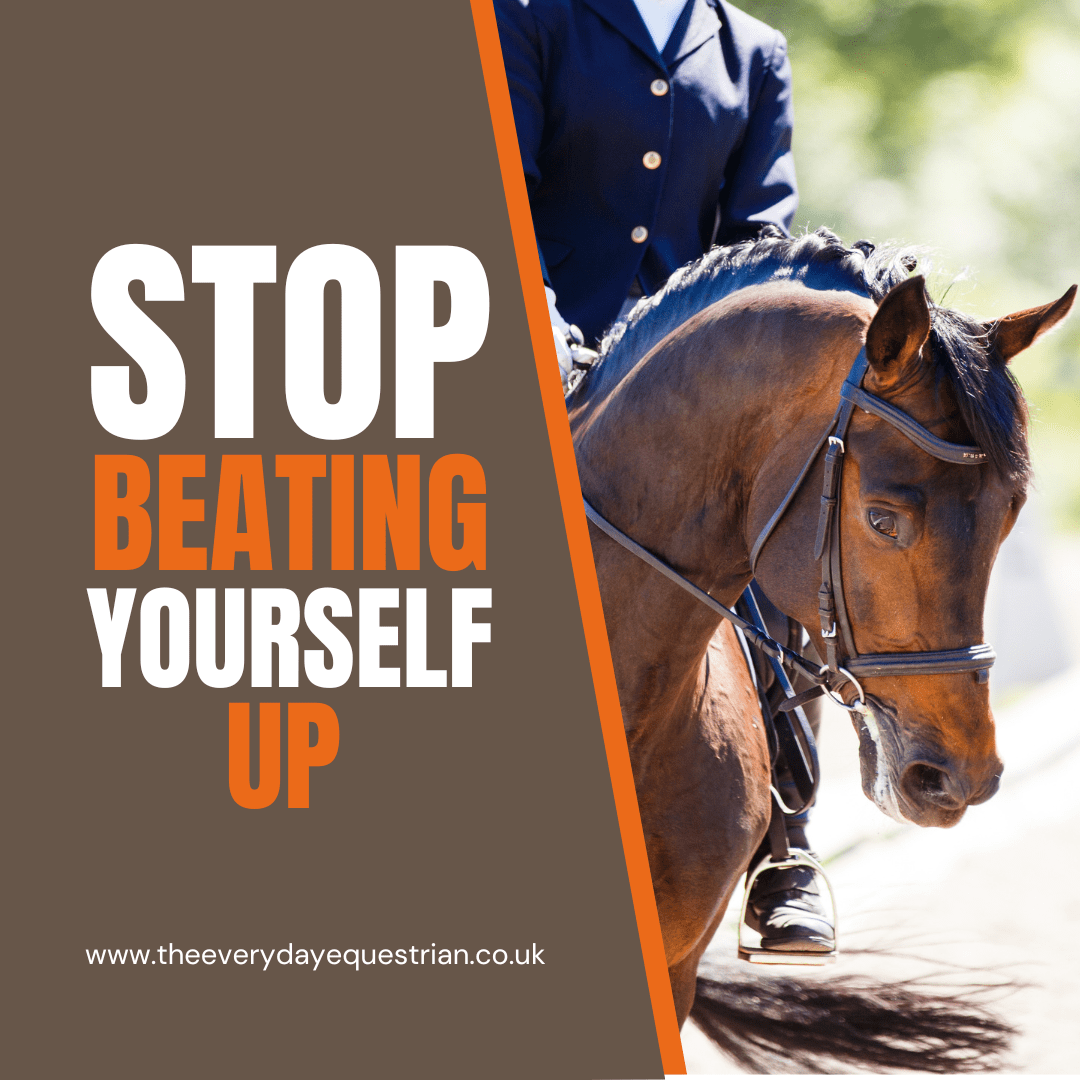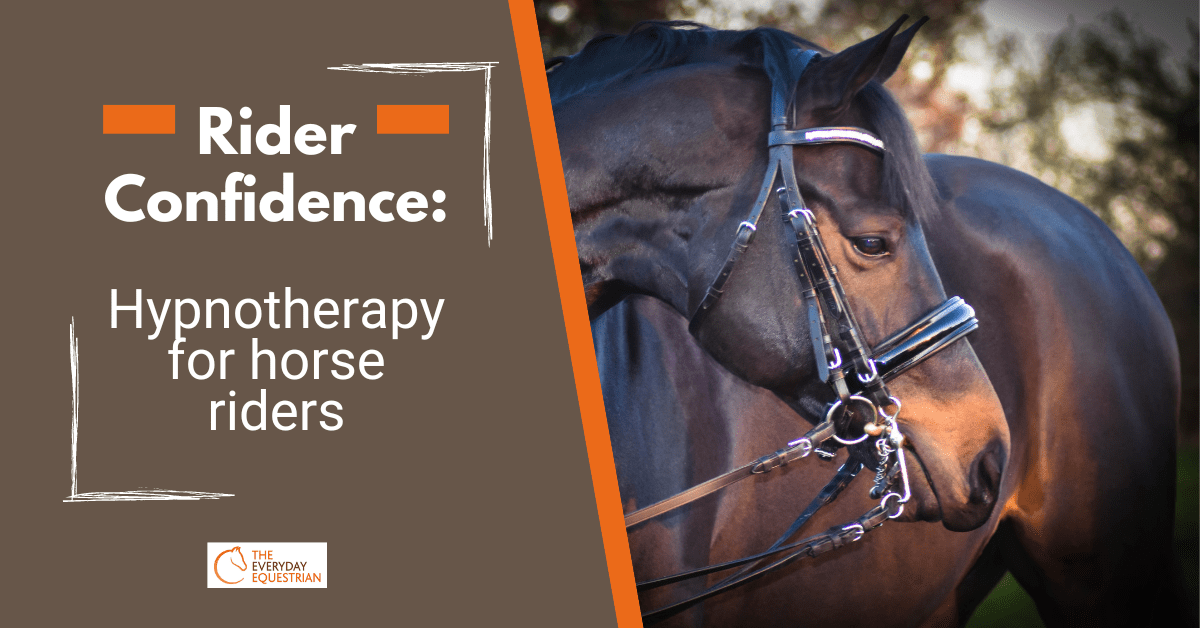The first signs of spring approaching is a joy for any horse owner. The lighter nights and warmer weather certainly make owning horses a whole lot easier. However, with that being said after a long, harsh winter and a complete change in season looming there are many things as responsible horse owners that we need to prepare for.
Do you have a plan in place? Do you know what needs to be done to get your horse ready for spring?
There are many things to consider when preparing your horse for the warmer months and here are my top 11 tips to help you along the way.
Start as you mean to go on
Get the season off to a good start! Put a plan in place of how you will prepare your horse for the spring and summer and stick to it. This will make life so much easier for you when you have a set of guidelines to follow. Horses that get a good start to the season will also be much more prepared for what will be asked of them. Getting your horse into tip-top condition as early as possible is a great idea if you are planning on doing lots of showing and competing in the spring/summer months. Plan early and give yourself and your horse plenty of time to transition.
Vaccinations and worming
One of the very first things you should consider is the health of your horse. Spring is the ideal time to check that your horse’s vaccinations are all up to date. If they are not then you will need to call out your vet to administer your horse with a booster. It is important you keep track of when your horse’s shots are due especially if you plan on competing. Most competitions will not allow you to enter if your horse’s vaccinations are not up to date.
This is also a great time to worm your horse to avoid any sorts of intestinal infections which could lead to other types of health issues such as colic. Getting a worm count done will let you know if your horse needs a worming medication. If you are unsure, always speak to your vet who will be happy to help.
Dentist
Since this is a time you will likely want to bring your horse back into work it is always a wise idea to get your horse’s teeth checked by a qualified equine dentist. If there are any dental problems and you try to put a bit into your horse’s mouth they will most likely be in pain. They may even be unrideable which can put you in danger.
It is always advisable to get your horse’s teeth checked twice yearly to make sure there aren’t any teeth issues. Many owners choose to have their horse’s teeth checked around the beginning of spring when their horse is coming back into work and then again around autumn time.
You may find that everything is fine and your horse’s teeth are healthy, but it is always much better to be safe than sorry.
Hooves
It is very important that before bringing your horse back into work you have their feet checked. It is likely your horse has been turned out over the winter months and maybe not ridden. All that time in the field can take its toll on your horse’s feet and you will find they are probably not in very good condition.
You may also have chosen to take their shoes off whilst turned out for the winter and therefore need them to have shoes put back on. Calling out your farrier at the start of spring is always a wise choice. They will be able to let you know the condition your horse’s feet are in and rectify any issues that are present.
In the UK around early springtime, the ground is renowned for still being quite soggy and wet and you will need your horse’s hooves to be in good condition before riding them over such surfaces. After a significant time in the field, the likes of thrush and abscesses are also prevalent which is why having your horse’s feet checked out by your farrier is a must.
Stabling
During the winter months, it may be the case that your horse spent much more time in the field since they were ridden less. As spring approaches you are likely to want to bring them back into regular work to prepare for the competition season. This usually means they will spend more time stabled. It is important you are aware that this is likely to impact your horse’s behaviour and can cause vices such as weaving and crib-biting to name a few. Horse’s can get bored easily with when standing around in their stable for long periods of time.
Make sure you prepare your horse’s stable in advance and make it as inviting as possible. Clean stables out twice daily. Make sure your horse has plenty of hay to keep them occupied. There are also some great boredom busters that can be a great addition to your horse’s stable either homemade or bought items.
The best solution overall is to try and provide your horse with as much turnout as possible when you are not exercising them. Let your horse be a horse!
Nutrition
After months in the field and the prospect of coming back into work, your horse’s nutritional needs will likely change somewhat. Spending days in the field does not require a significant amount of energy however when bringing your horse back into work they will require that extra energy to be apple to fulfil what you are asking of them.
Changes to feed will vary greatly from horse to horse. The condition they are in when they return from the field can be a good indicator. Some horses may need a concentrate feed to provide them with enough energy to carry out the work required of them. You will need to monitor your horse closely to see how they perform against the feed you are providing them with. A qualified equine nutritionist can often be helpful.
It’s always best not to rush things or make any rash changes to feed. The most important aspect is providing a good quality feed type that will get your horse back into shape both physically and mentally.
Winter Storage
As the winter ends and spring approaches we find the needs of our horses change. Gone are the big heavy turn out rugs that are needed to provide warmth and protection on a wet and blustery day. It is likely you will not be needing these for quite some time and therefore need to put a plan into place in regards to how you will be storing these.
Turn out rugs will likely be very muddy and dirty and therefore will need cleaning, either at home or by a professional rug cleaner. Over time turn out rugs lose their waterproofing abilities and therefore it a good idea to get these re-proofed at the start of spring so they can be stored away safely until needed again. Any rips, tears, stitching falling apart or broken straps will also need to be fixed before storing.
It is very important that you have the correct type of storage available for your winter rugs. They should be kept in a dry, mould free environment. Trunks and large closed containers are ideal.
Stock up
Now is definitely the time to stock up on all your favourite horsey products. This is especially true if you are looking to compete or show during the spring or summer months. It’s always best to have a good stock of all the products you need even for those last-minute emergencies.
Stockpiling all those show essentials will make getting ready for an outing much smoother and stress-free. From your horse’s favourite shampoo, fly spray and hoof dressings to that fancy new show numnah you have been waiting to purchase, now is the time to prepare and stock up.
Having all these things ready and to hand when you need them will be a welcome relief and one less thing to worry about come showtime.
Fields and Fencing
After a rough, cold winter it is inevitable that your fields and fencing will have likely taken a battering. The start of spring is a very good time to make sure your fields and fencing are in order and rectify any issues before the start of next winter.
Check that all your fencing is in good repair and fix any broken or damaged fence posts. If you use electric fencing, check that your battery is still working, it may need to be replaced.
You may be lucky to be in a yard where your fields are taken care of as part of your livery costs however if this is not the case now is a great time to look at the quality of the field itself and to do some maintenance.
Harrowing your field can help to remove dead vegetation and grass which will be helpful to allow new and thriving grasses to grow. It can also be helpful in levelling out uneven ground before rolling. Cross grazing at this point is something else you may want to consider if you have the means to do so.
Bringing back into work
Bringing your horse back into work can take time and patience. You don’t want to rush this process and ideally baby steps are recommended. Planning ahead with the above tips will greatly help with this process. Don’t rush your horse back into heavy work before they are ready. It will take time before they are back to the level of fitness you had them at the previous summer.
Start off little and often. It may take up to 6 weeks of walk work both on the flat and up hills before you can even think about starting trot work. Keep sessions short, but productive to begin with and increase the length and intensity of exercise as your horse becomes fitter. Trot work will usually begin after about 6 weeks however this will vary from horse to horse and the condition they are in.
Check out my previous blog with all the information on how to bring your horse back into work:
https://www.theeverydayequestrian.co.uk/bringing-a-horse-back-into-work-after-time-off/
Other Tasks
My top tips above include all the necessary requirements for transitioning your horse from winter to spring however you may want to consider some additional tasks to carry out over this period:
- Spring cleaning of the stable yard (tidying, cleaning and reorganising)
- Stable spring clean (Removing cobwebs, dust, dirt and insects)
- Clean and condition tack (saddles and bridles)
- Cleaning travelling equipment
- Tack room spring clean
- Mending or replacing yard equipment














